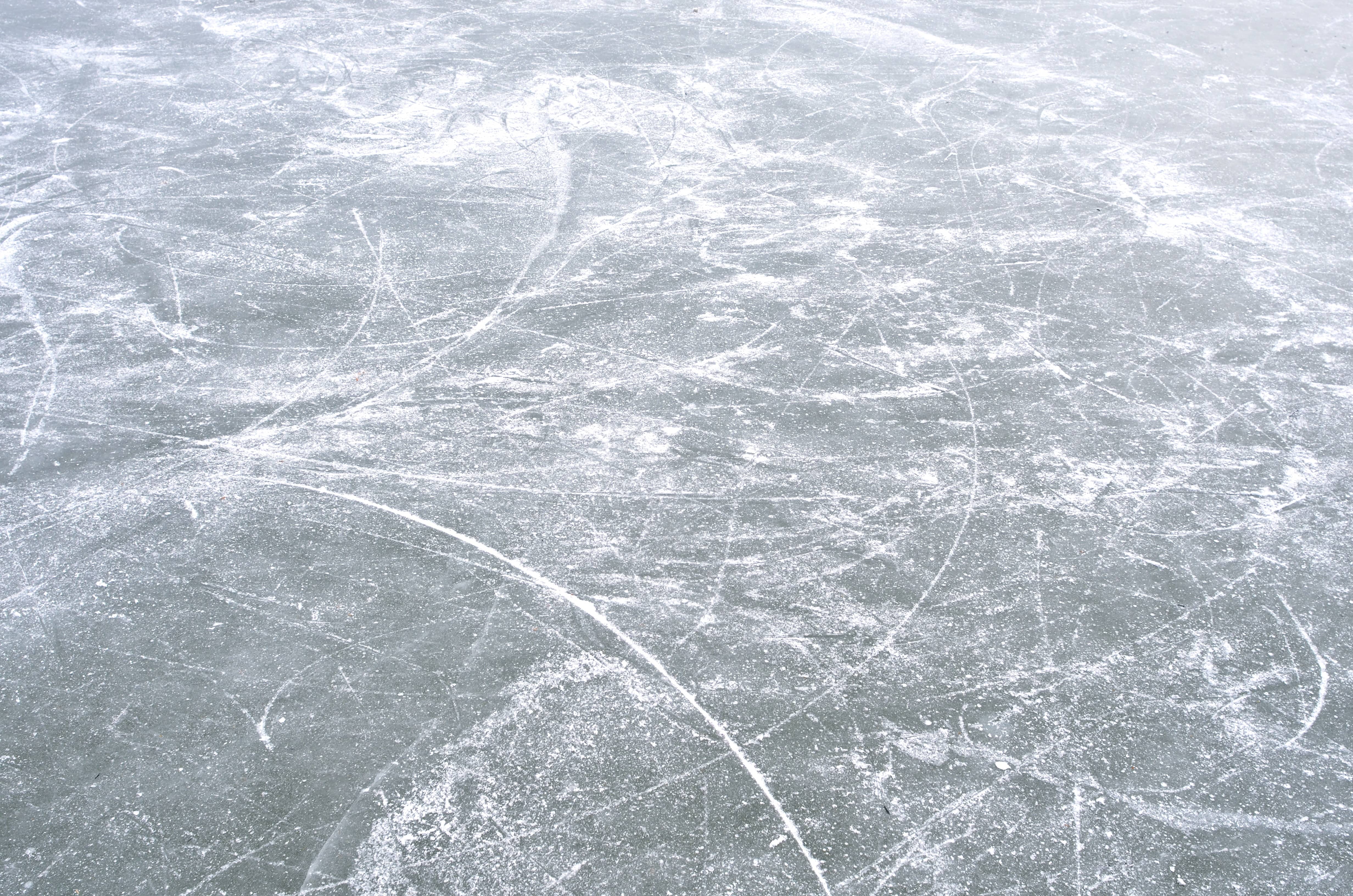
JAMESTOWN, N.D. (NewsDakota.com) – With above normal temperatures for this time of the year, the North Dakota Game & Fish Department is urging residents and non-residents to be mindful of slow ice formation.
Game & Fish Wildlife Biologist Doug Leier says it’s hard to be patient, but with temperatures remaining above 32 degrees, ice formation has been minimal to non-existent in North Dakota.
You’re reminded that:
- Edges firm up faster than farther out from shore.
- Snow insulates ice, which in turn inhibits solid ice formation, hiding cracks, weak and open water areas.
- Ice can form overnight, causing unstable conditions. Ice thickness is not consistent, as it can vary significantly within a few inches.
- Avoid cracks, pressure ridges, slushy or darker areas that signal thinner ice. The same goes for ice that forms around partially submerged trees, brush, embankments or other structures.
- Anglers should drill test holes as they make their way out on the lake, and an ice chisel should be used to check ice thickness while moving around.
- Daily temperature changes cause ice to expand and contract, affecting its strength.
- The following minimums are recommended for travel on clear-blue lake ice formed under ideal conditions. However, early in the winter it’s a good idea to double these figures to be safe: 4 inches for a group walking single file; 6 inches for a snowmobile or all-terrain vehicle; 8-12 inches for an automobile; and 12-15 inches for a pickup/truck.
Leier says the biggest thing right now is remaining patient for ice to form up.
You’re also encouraged to remember these life-saving safety tips during the winter:
- Wear a personal flotation device and carry a cell phone.
- Carry ice picks or a set of screwdrivers to pull yourself back on the ice if you fall through.
- If someone breaks through the ice, call 911 immediately. Rescue attempts should employ a long pole, board, rope, blanket or snowmobile suit. If that’s not possible, throw the victim a life jacket, empty water jug or other buoyant object. Go to the victim as a last resort, but do this by forming a human chain where rescuers lie on the ice with each person holding the feet of the person in front.
- To treat hypothermia, replace wet clothing with dry clothing and immediately transport the victim to a hospital.
